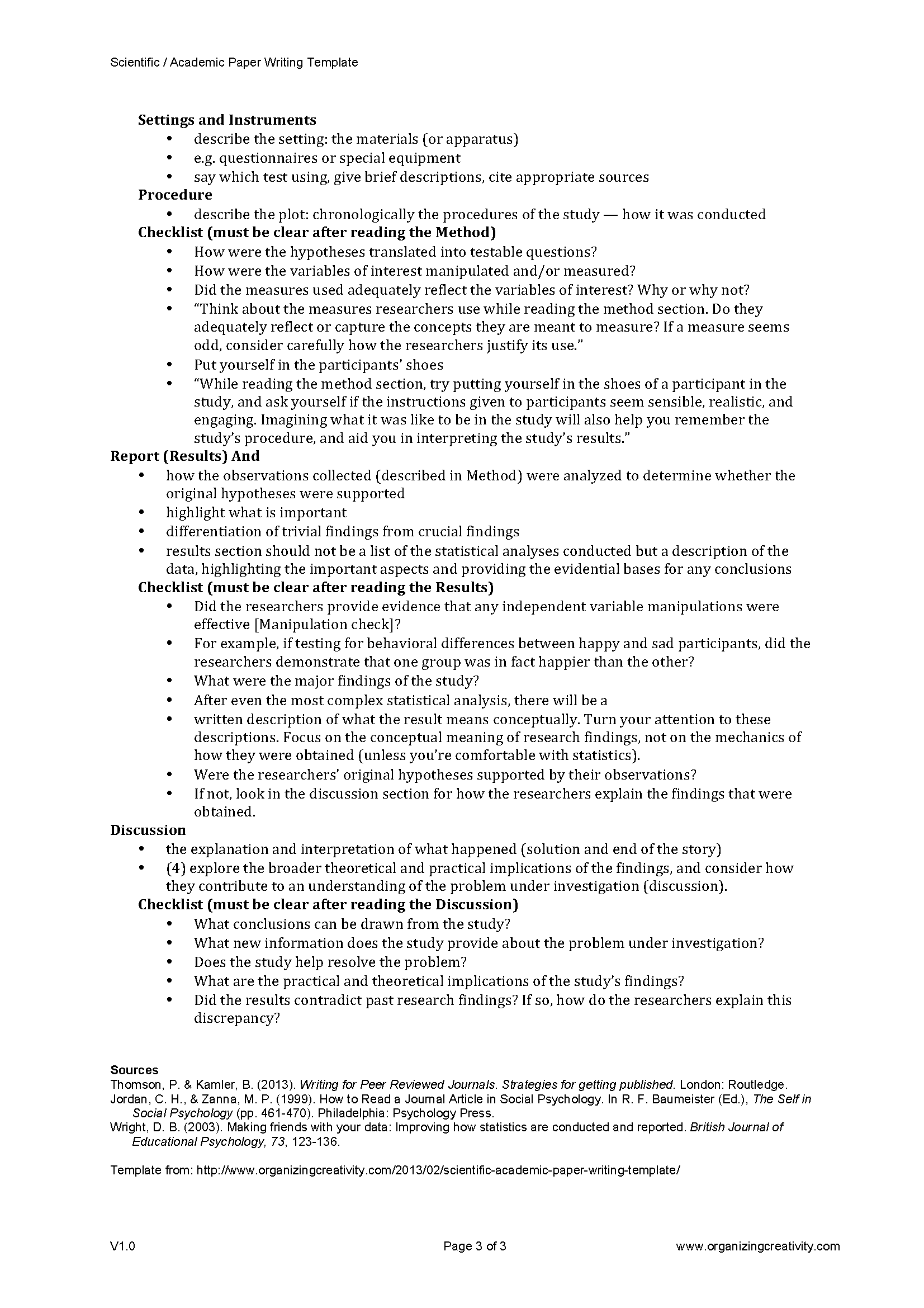Lecture 1 Ceramics: I - University of Babylon.
Composite materials are usually classified by the type of reinforcement they use. This reinforcement is embedded into a matrix that holds it together. The reinforcement is used to strengthen the composite. For example, in a mud brick, the matrix is the mud and the reinforcement is the straw. Common composite types include random-fiber or short.Apart from demand for electroceramics, resurgent growth in the residential construction, coupled with various infrastructure development projects, is a significant growth determinant for the advanced ceramics market in APEJ.Definition of ELECTROCERAMIC in the Definitions.net dictionary. Meaning of ELECTROCERAMIC. What does ELECTROCERAMIC mean? Information and translations of ELECTROCERAMIC in the most comprehensive dictionary definitions resource on the web.
Electroceramic materials are following in the footsteps of conventional semiconductors with respect to further miniaturization, and are experiencing the same evolution from microtechnology towards nanotechnology. Nanosize effects and nanotechnology issues are therefore gaining importance.Electroceramic Powder Manufacturer. Thermograde Process Technology has many years of experience in the manufacture of Electroceramic Powders exporting to many countries throughout the world. For example Barium Titanate is widely used in electroceramics in di-electric formulations such as in Capacitor and Thermistor manufacture.

Preparation and Ferroelectric Characterization of Calcium doped Barium Titanate ceramics ABSTRACT Barium Titanate (BT) is widely used in electro-optical and electroceramic industry because of its ferroelectric, thermoelectric and piezoelectric properties when it assumes the tetragonal structure.












